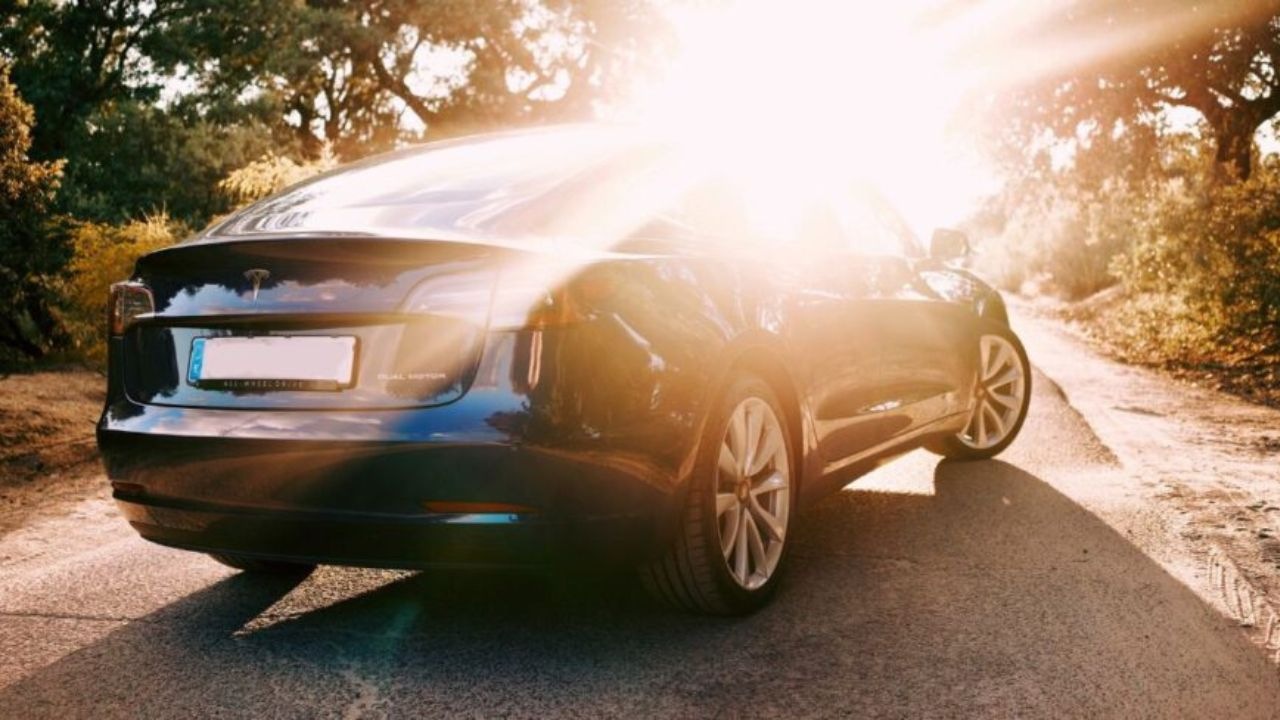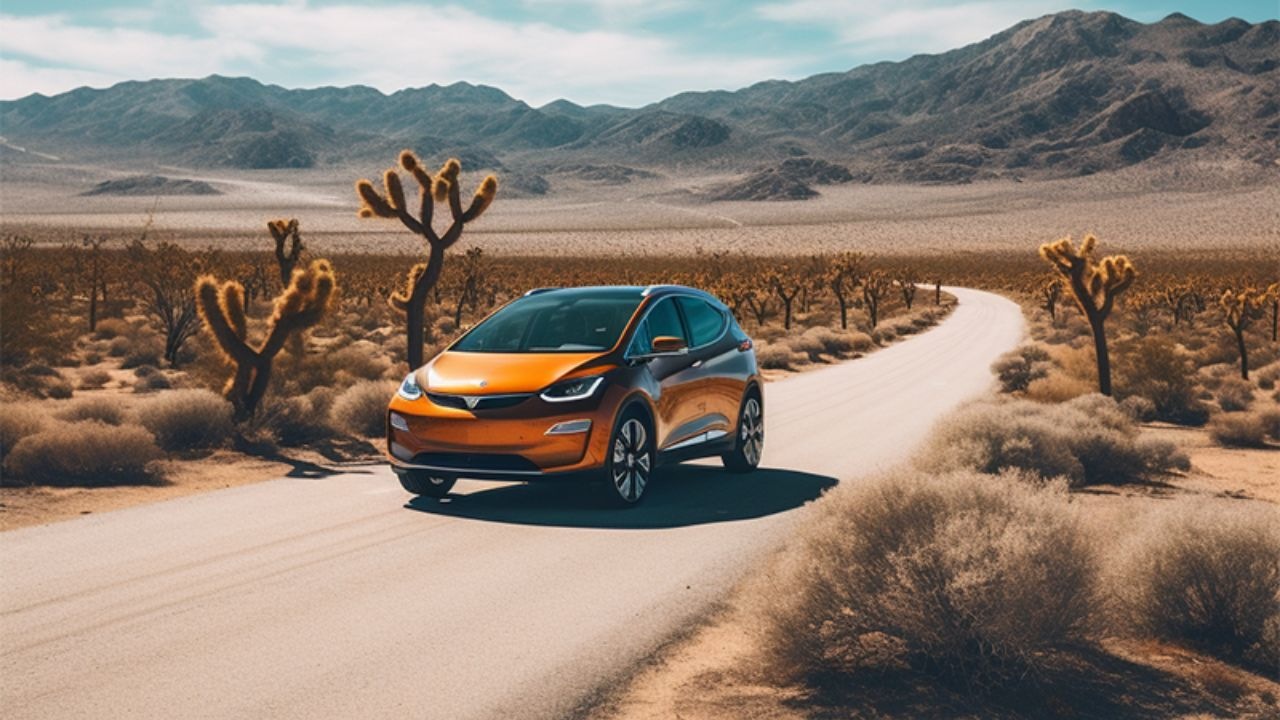
This Is How Extreme Heat Affects EVs – And How to Protect Yours!
As electric vehicles (EVs) become more common worldwide, especially in warmer places, a common question arises: Do EVs work well in hot weather? Yes, but there are some essential things to keep in mind.
Electric vehicles (EVs) work in various temperatures, but very high temperatures can affect the battery’s performance, range, charging efficiency, and the life of the components.
In this article, we’ll talk about how hot weather affects electric vehicles, what owners can expect when it’s hot, and how to keep your EV safe and running at its best during heatwaves.
How Heat Affects Batteries in Electric Vehicles
The lithium-ion batteries that most electric cars use are susceptible to heat. Most of the time, batteries work best when the temperature is between 60°F and 80°F (15°C and 27°C).
When temperatures go above this range, several problems can happen:
Batteries lose power over time.
When batteries become too hot, their chemical reactions speed up, making the cells break down faster.
The process doesn’t usually cause problems immediately, but being around a lot of heat for a long time, especially when you charge your phone quickly, can shorten the battery’s life.
Less Efficient Charging
If it’s hot outside, your EV’s battery management system (BMS) might slow down fast charging speeds to keep the battery from getting too hot.
This means charging at public DC rapid chargers may take longer than usual when it’s hot.
Cooling takes a lot of energy.
The battery can lose much power to the climate control system, especially the air conditioning. When it’s hot outside, leaving the AC on all the time can cut your driving range by as much as 10–20%.

EV Thermal Management Systems: Made to Handle the Heat
Fortunately, modern electric vehicles (EVs) have advanced thermal management systems that keep the battery at a safe temperature range, even in hot weather.
Some of the most critical systems are:
- Liquid cooling systems that move coolant around to soak up heat from the battery pack
- Fans and radiators that work to eliminate extra heat
- Software algorithms that slow down performance or charging rates to keep the battery healthy.
- The Tesla Model 3, Ford Mustang Mach-E, and Hyundai IONIQ 5 are popular electric vehicles with advanced thermal systems that protect them from extreme temperatures.
Effect on Performance and Driving Range
Hot weather affects the range of electric vehicles (EVs), but not as much as cold weather. But several things are involved:
Air Conditioning in the Cabin
When it’s hot, running the AC at full power can use 2–5 kW, which means you receive fewer miles per charge.
How well regenerative braking works
High temperatures don’t directly affect regenerative braking, but if the battery becomes too hot, it may not work as well to protect it from more stress.
Changes in Tire Pressure
Heat raises tire pressure, which can change the rolling resistance and make the ride less comfortable or efficient. You need to inflate your tires correctly to maintain your range and safety.
What You Need to Know About Charging an EV in Hot Weather
When it’s hot outside, charging can turn on thermal protections that slow down or even stop the process so the battery can cool down. Think about this:
- Don’t charge right after driving; the battery is already hot.
- Choose shaded or indoor charging spots to keep the heat down outside.
- Set up charging for the early morning or late evening.
- At home, use a Level 2 charger instead of a DC fast charger, which makes less heat.
- Only charge a battery that is too hot to 100% if you have to.
Most electric vehicles let you cool down the battery before charging. This feature can be used in extreme weather to shorten the charging time and ease the stress on the battery.
How well it works in hot weather in the real world by region
In regions with hot climates, such as Arizona and Nevada in the U.S., people frequently use electric vehicles.
- Arizona and Nevada in the U.S.
- Countries in the Middle East, like Saudi Arabia and the UAE
- Southern Europe, especially Greece and Spain
- Southeast Asia and India
EVs have been reliable and valuable in these areas. Fleet operators and private owners, on the other hand, often say that their batteries need more maintenance and receive thermal management alerts more often during the hottest summer months.

How to Keep Your EV Safe in Very Hot Weather
Follow these tips to keep your electric vehicle running well and safely in hot weather:
- Whenever you can, park in areas that are shaded or covered.
- While the car is still plugged in, use cabin pre-conditioning.
- In extreme weather, don’t speed up quickly or drive aggressively.
- Monitor the battery temperature using the onboard diagnostics.
- In the summer, keep your battery between 20% and 80%.
- Verify the levels of coolant and tire pressure regularly.
- Update the software on your EV, as manufacturers often improve thermal management through OTA updates.
Technology is making EV heat resistance better.
As electric vehicle technology improves, batteries become more heat-resistant, and thermal systems are stronger.
Businesses are trying out solid-state batteries, graphene cooling layers, and adaptive energy distribution to better handle extreme temperatures.
In the future, electric vehicles (EVs) will probably have automatic thermal adaptation, changing the power delivery and cooling based on real-time weather and driving data.
In conclusion, electric vehicles can do well in the heat if they take the proper steps.
Electric cars work well in hot weather, especially newer ones with intelligent systems and advanced cooling.
However, owners need to take steps to keep the car running well, make the battery last longer, and ensure that it is safe to drive in very hot weather.
Your electric vehicle can handle the heat, whether driving to work in Phoenix, taking a road trip through the Mojave Desert, or charging it up in humid Miami. Just be smart about how you do it.
